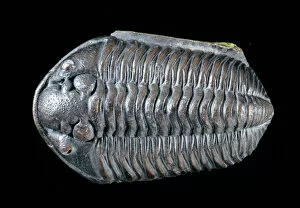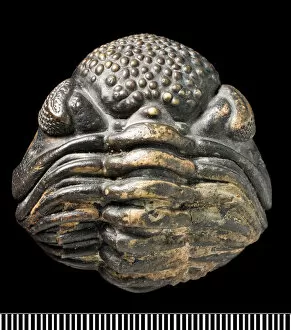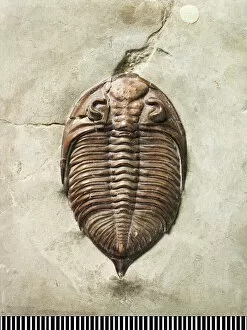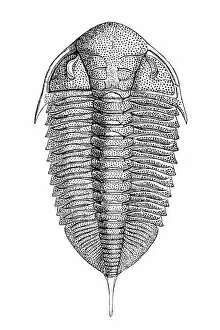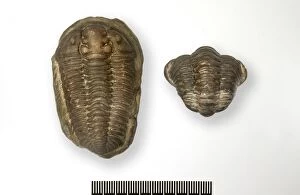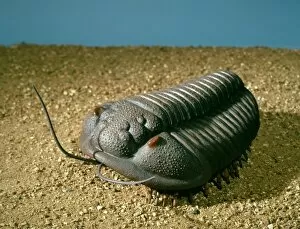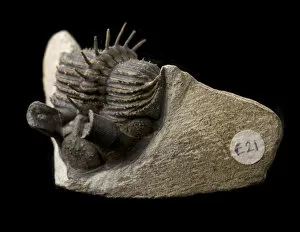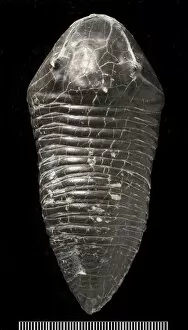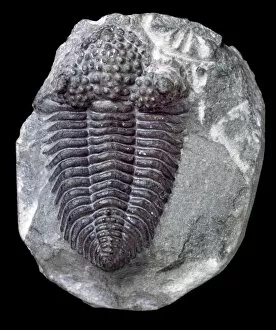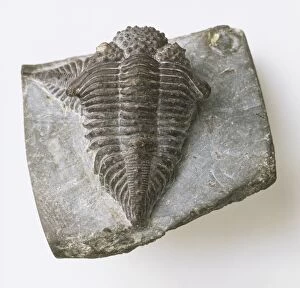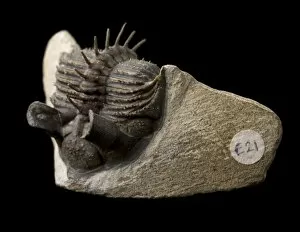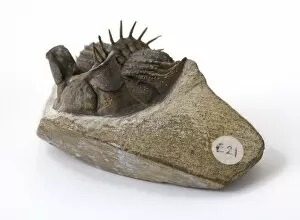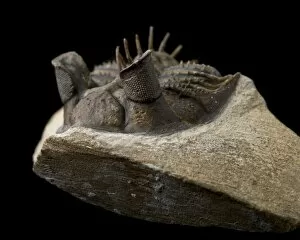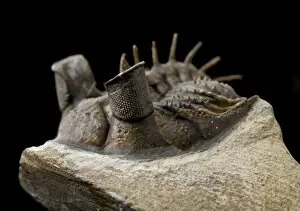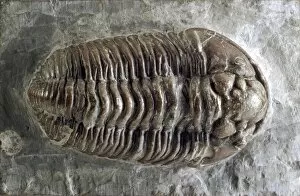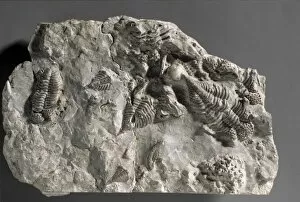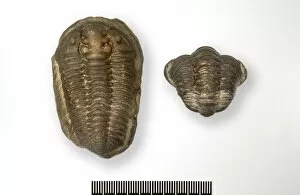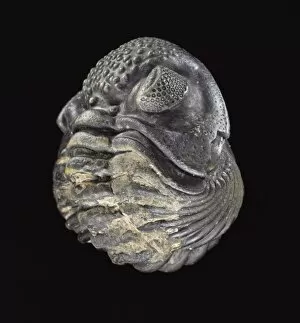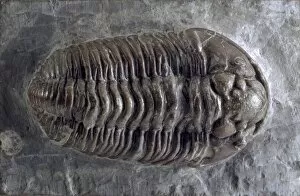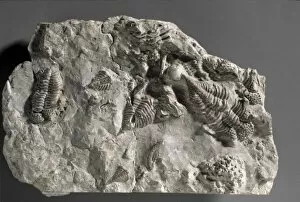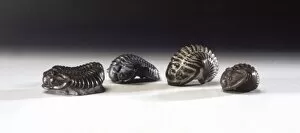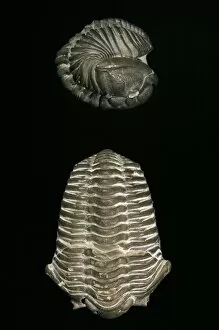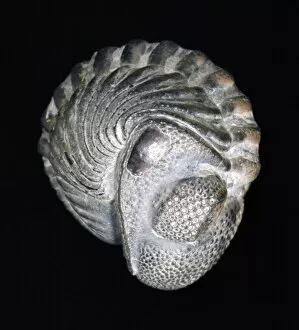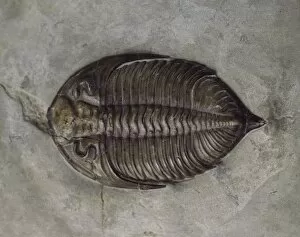Phacopida Collection
Phacopida: Exploring the Fascinating World of Trilobites Delve into the ancient depths of Earth's history with Phacopida
For sale as Licensed Images
Choose your image, Select your licence and Download the media
Phacopida: Exploring the Fascinating World of Trilobites Delve into the ancient depths of Earth's history with Phacopida, an intriguing order of trilobites that existed from the Late Ordovician to Middle Devonian periods. Among its diverse members were Calymene blumenbachii brongniart, Dalmanites, Erbenochile erbeni (Alberti), Trimerus, and Encrinurus variolaris. Calymene blumenbachii brongniart was a remarkable species within Phacopida known for its distinct features and widespread distribution. Fossilized specimens of this trilobite have provided valuable insights into their anatomy and behavior. Another notable member is Phacops, a fossil trilobite renowned for its intricate exoskeleton. Its well-preserved fossils have allowed scientists to reconstruct detailed images of these ancient creatures. Dalmanites, belonging to the same order as Phacops, also left their mark in paleontological records. These fascinating trilobites thrived during various geological periods and contributed significantly to our understanding of prehistoric life. Erbenochile erbeni (Alberti) is yet another captivating genus within Phacopida that captivates researchers with its unique characteristics. Fossils discovered in light grey limestone offer glimpses into the past when these magnificent creatures roamed Earth's oceans. Trimerus adds further intrigue to this order with its distinctive appearance and significant presence throughout different time periods. The study of Trimerus fossils has shed light on evolutionary patterns among trilobites. Encrinurus variolaris stands out as an extraordinary example within this group due to its beautifully preserved specimens found worldwide. These stunning fossils provide invaluable information about the morphology and ecology of extinct marine organisms. The Locust trilobite fossils C016 / 5993 are a testament to the diversity and abundance of trilobites during their prime.

